Regulation Overview
According to research by the World Health Organization, it has been found that over 90% of vehicle accidents are caused by human factors. To reduce the occurrence of accidents and casualties, the European Union has enacted a series of regulations aimed at protecting Vulnerable Road Users ( VRUs), with the goal of reducing traffic accidents and injuries.
The European Union has currently issued three regulations regarding blind spot monitoring, which are UN ECE R151, UN ECE R158, and UN ECE R159. These three regulations became mandatory on July 6,2022.
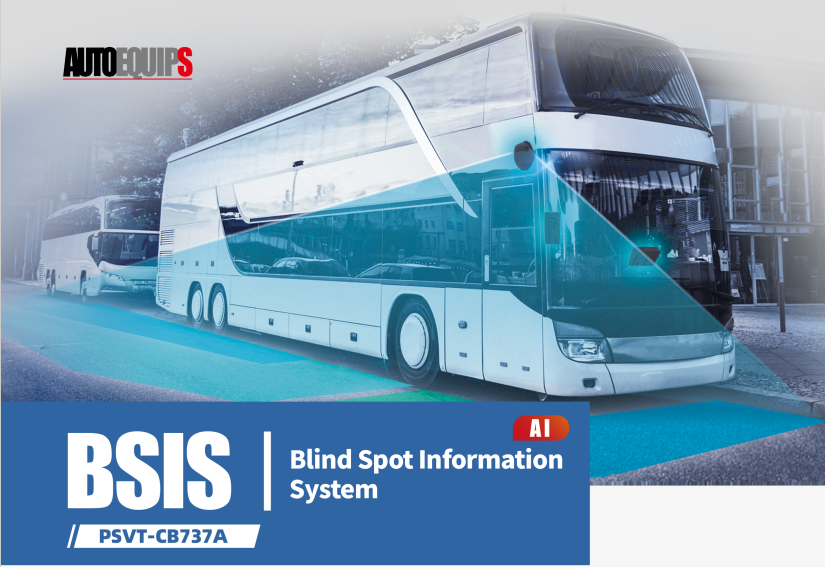
The installation positions of cameras and radars are crucial for the system to comply with UNECE R151 BSIS. Without the correct installation and calibration methods, it will result in poor detection efficiency and may lead to installation approval being denied.
Product Introduction

Brief Description of Product Features
The AUTOEQUIPS Blind Spot Information System (BSIS) provides information about vehicle blind spots and offers active detection and recognition capabilities around the vehicle (sides) for drivers. Large vehicles, due to their size and driver's blind spots, can lead to traffic accidents. This AUTOEQUIPS Blind Spot Information System is a safety-assist system that utilizes cameras and millimeter-wave radar for fused sensing, offering drivers assistance during their drivings.
BSIS effectively eliminates blind spots, reducing accidents caused by blind spots in a vehicle's side. The BSIS product complies with UNECE R151 Vehicle Blind Spot Information System regulations. When the vehicle is stationary or in motion, if there are risk objects or Vulnerable Road Users (VRUs) detected within the detection area, BSIS will provide the driver with IS (Information Signal) or WS (Warning Signal) to alert the driver to avoid accidents.
Regulation & System Analysis
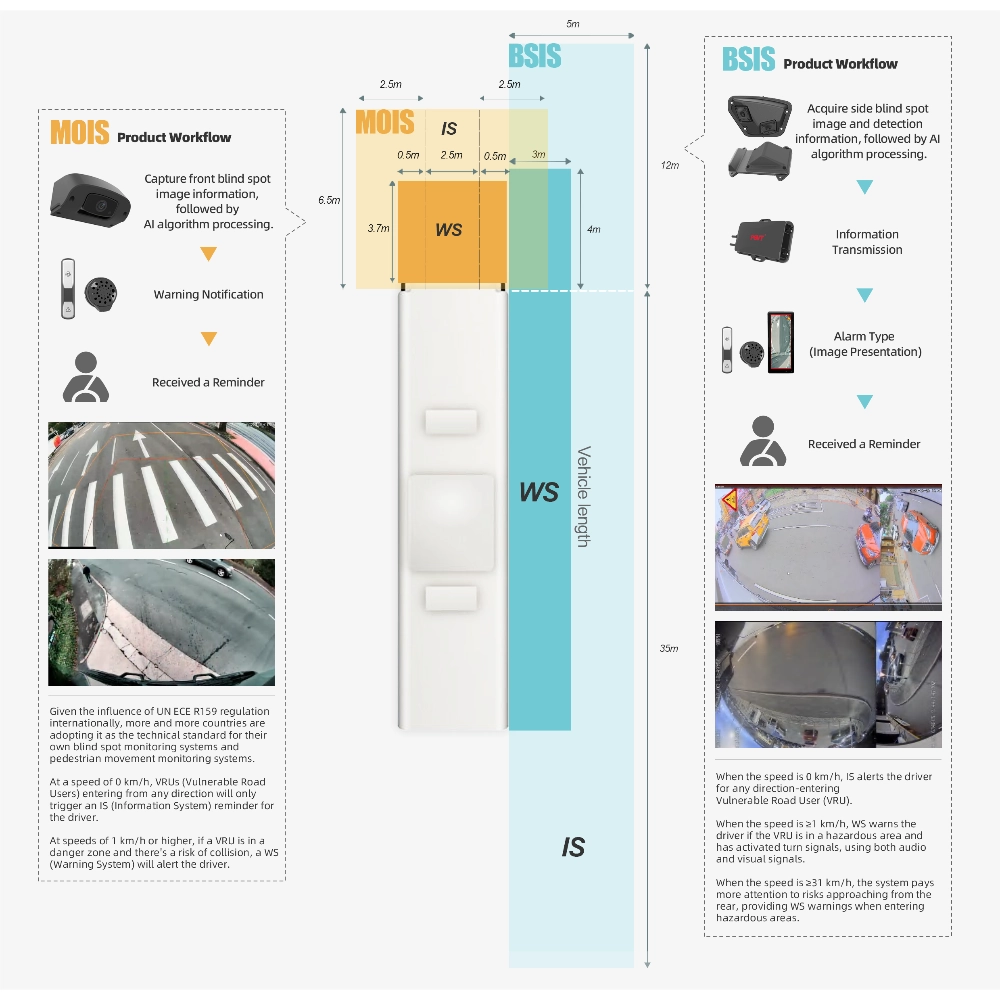


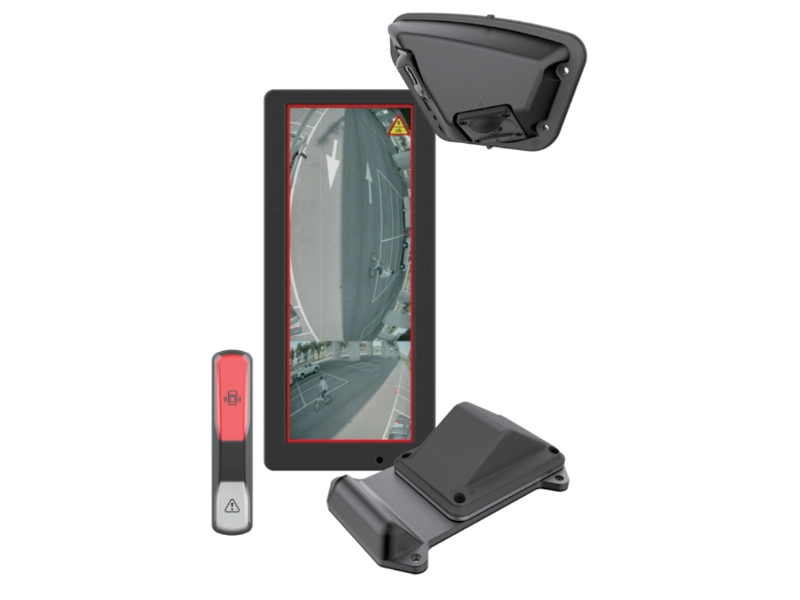
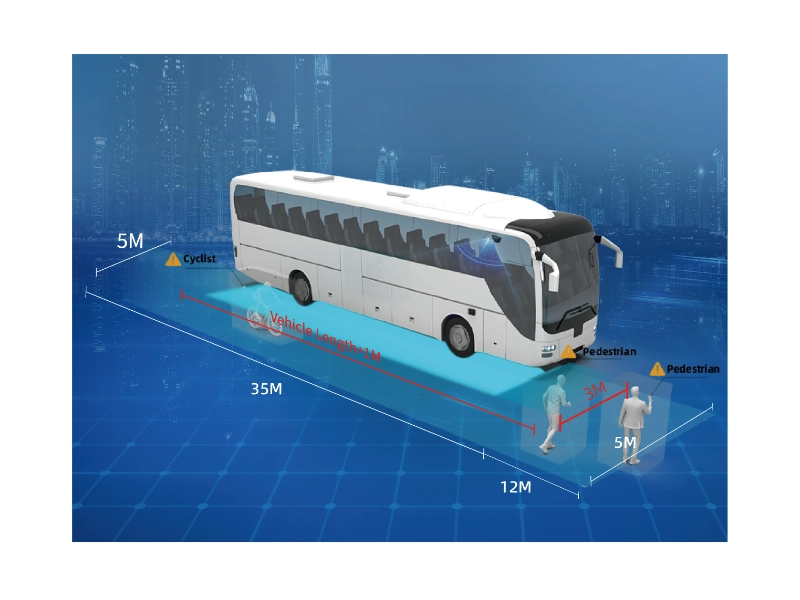


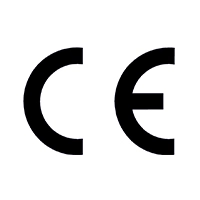
_WH_200x200px.webp)



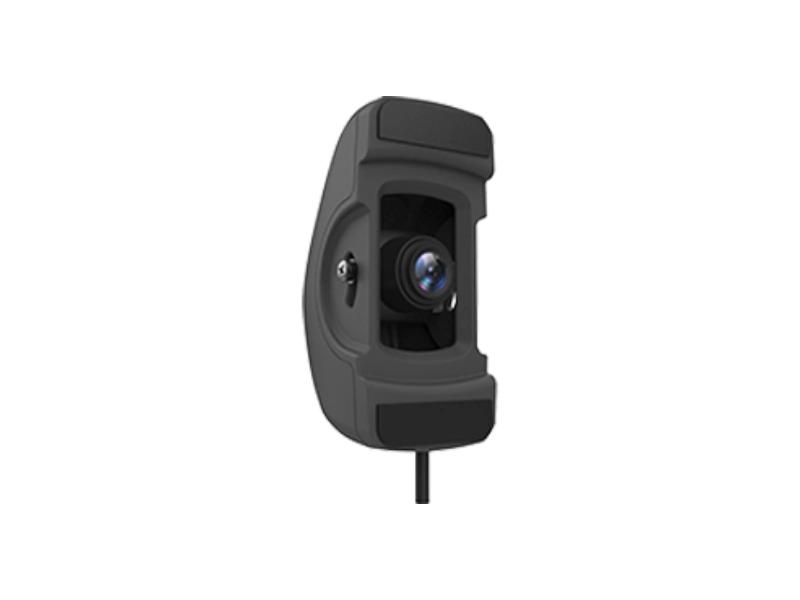
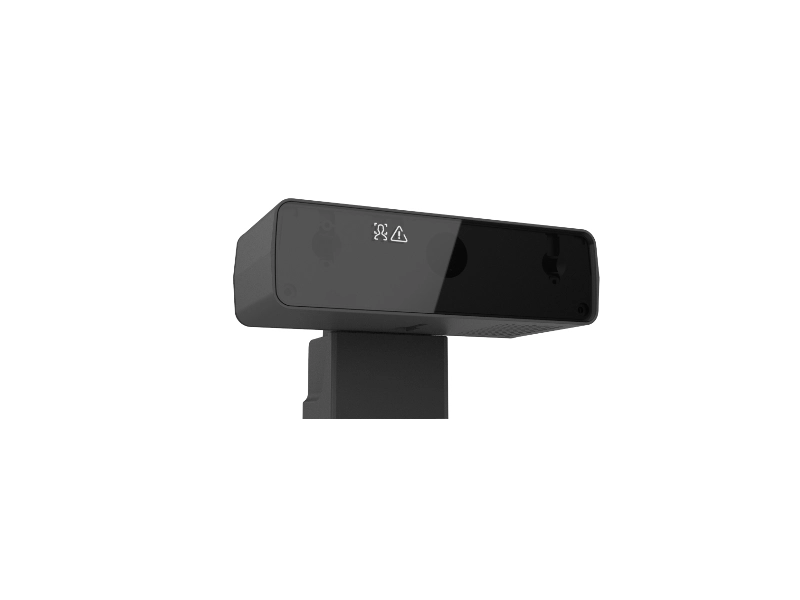
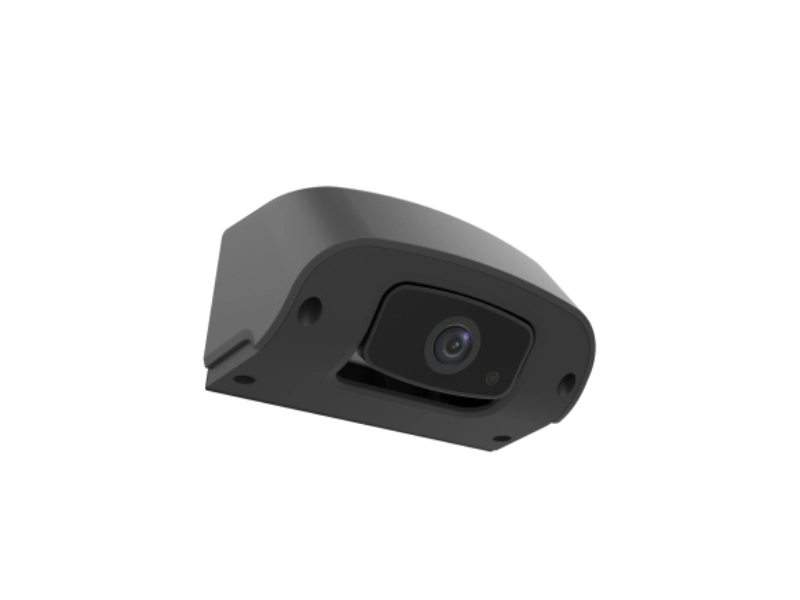
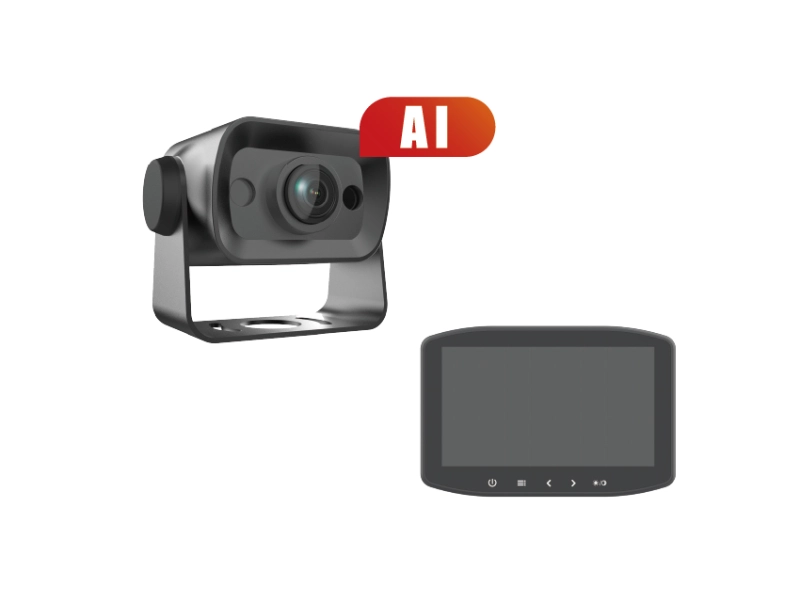
_WH_800x600px.webp)
_WH_800x600px.webp)